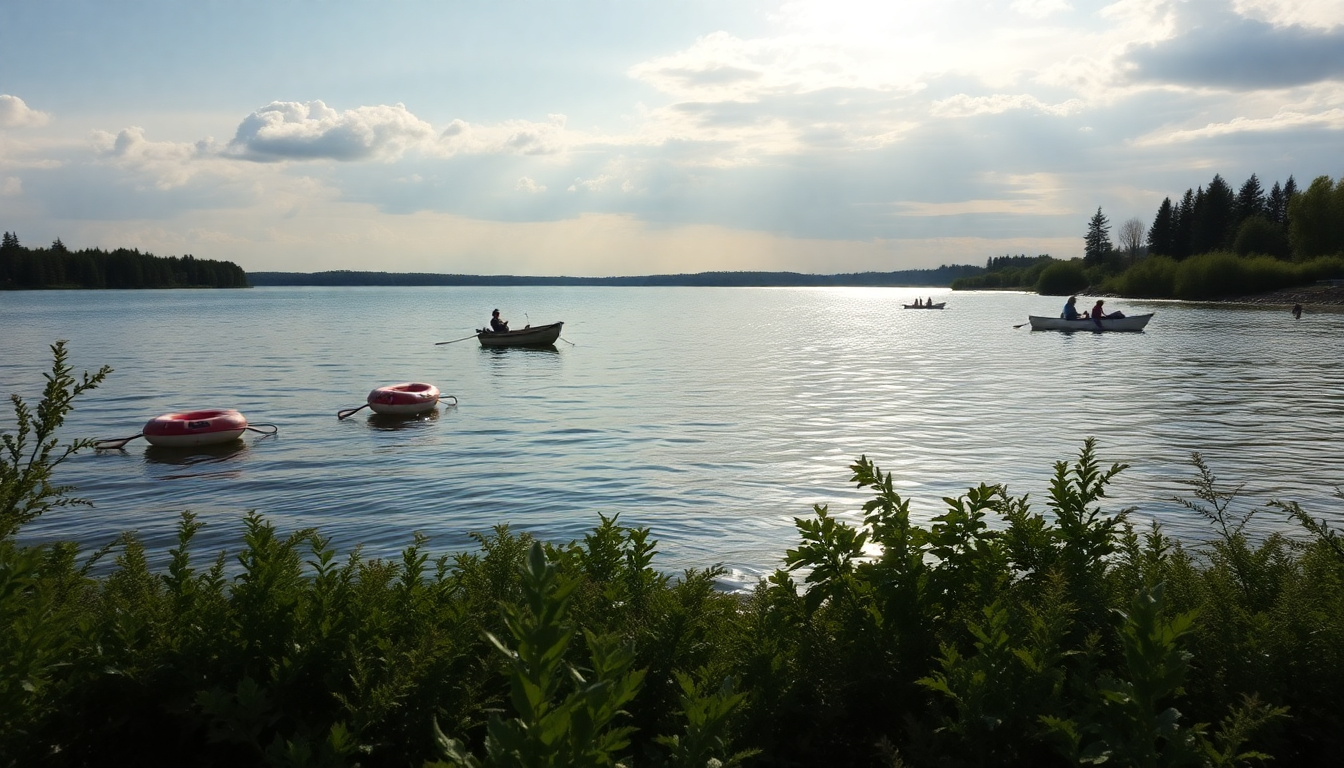Table of Contents
The recent drowning incident at Mahogany Lake in Calgary has sparked a crucial conversation about water safety in our community lakes. Tragically, two young men in their twenties lost their lives, raising serious concerns about the safety measures—or lack thereof—in these recreational areas.
This heartbreaking event not only highlights the risks of swimming in unsupervised spots but also underscores the need for all of us to be vigilant and proactive in preventing such tragedies.
Incident Overview
On a Wednesday afternoon, around 5 p.m., the Calgary Fire Department received reports of a possible drowning.
Witnesses described seeing one man struggling in the water before he disappeared beneath the surface. The CFD’s aquatic rescue team quickly jumped into action, using divers and underwater cameras in a search that would ultimately reveal a tragic outcome.
As the search continued, rescuers found personal belongings belonging to another individual along the beach, leading them to believe that two men were involved in this heartbreaking incident. Despite the tireless efforts of the CFD and the Southern Alberta Underwater Search Team, the bodies were recovered later that evening, with paramedics confirming the devastating news.
It’s important to note that Mahogany Lake is classified as a “community lake,” accessible only to members and their guests, and notably, there’s no lifeguard on duty. This raises significant questions about the safety protocols currently in place at such venues.
Understanding Safety Measures
The absence of lifeguards at Mahogany Lake, combined with its restricted access, presents unique challenges for ensuring swimmer safety. Authorities have yet to determine if the victims were wearing life jackets or their swimming proficiency, adding another layer of complexity to this tragic event.
This incident marks the second drowning at Mahogany Lake in just five years. A notable case from June 2021 involved an 11-year-old girl who was critically injured after failing to resurface. These recurring tragedies emphasize the urgent need for enhanced safety measures and awareness in community lakes, especially those without professional supervision. Could implementing stricter regulations—like mandatory life jackets and swimming competency tests—help mitigate the risks associated with swimming in these areas?
Community Response and Future Implications
In the wake of this tragedy, the community’s response is crucial. The events at Mahogany Lake have ignited important discussions about water safety across Calgary’s community lakes. Collaborating with local authorities, residents must work together to establish comprehensive safety protocols that prioritize everyone’s well-being.
Educational campaigns focusing on swimming safety, regular safety drills, and ensuring that proper safety equipment is readily available can serve as effective preventative measures. Furthermore, should we consider having trained lifeguards or safety personnel present during peak swimming hours?
As we take time to reflect on these unfortunate events, advocating for a culture of safety and awareness is essential to prevent future tragedies. By building a community that prioritizes safety and preparedness, we can work together to reduce the risks associated with recreational activities in our lakes. Isn’t it time we made water safety a community priority?





